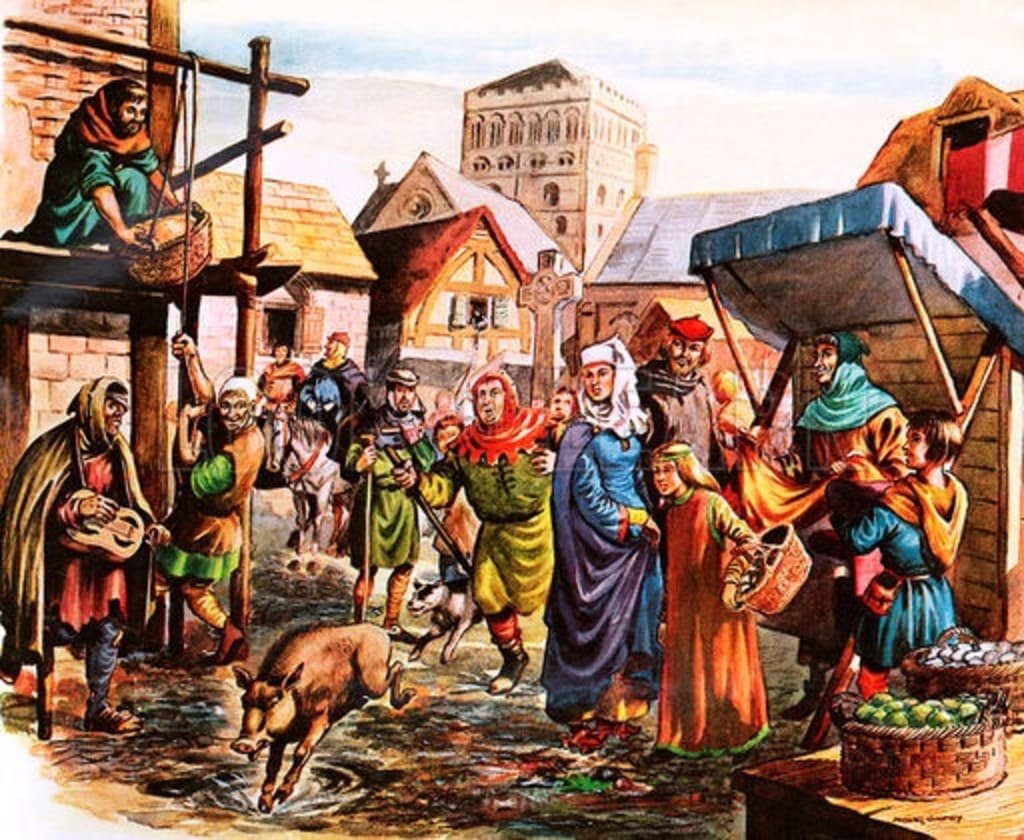Join us as we journey through time to uncover the truth behind some common historical myths!
Myth #1: Vikings Wore Horned Helmets
Fact Check: Vikings didn’t wear horned helmets in battle.
Most Vikings wore simple helmets made of leather or iron. Horns on helmets are not practical. They would make it easier for an enemy to grab a Viking’s helmet in a fight.

Myth #2: Napoleon Was Very Short
Fact Check: Napoleon Bonaparte was average height for his time.
Napoleon was about 5 feet 7 inches tall, which was normal in the 1800s. Confusion happened because of different measuring systems. The French inch was longer than the British inch.
| Napoleon’s Reported Height | Measurement System | Modern Equivalent |
|---|---|---|
| 5 feet 2 inches | French System | 5 feet 7 inches |

Credit: www.wired.com
Myth #3: Marie Antoinette Said “Let Them Eat Cake”
Fact Check: Marie Antoinette likely never said this famous phrase.
There is no evidence she said it. The phrase shows up in a book by philosopher Jean-Jacques Rousseau. He wrote it when Marie was just a child. It’s likely a story to show how out of touch the rich were with the poor.

Credit: www.amazon.com
Myth #4: Columbus Discovered America
Fact Check: The Americas were inhabited long before Columbus arrived.
Native Americans lived there for thousands of years. Norse explorer Leif Erikson reached North America around 1000 A.D. Columbus arrived in 1492. His voyages led to widespread knowledge of the Americas in Europe.
Myth #5: Witches in Salem Were Burned at the Stake
Fact Check: No witches were burned during the Salem Witch Trials.
Most of those accused were hanged. Some died in jail. The image of witches being burned comes from Europe. There, some witch trials did end with burning at the stake.
- Hanging was the common punishment in Salem.
- Over 200 people were accused.
- 19 were hanged, and one man was pressed to death with stones.
The Importance of Historical Accuracy
Why do we need to know the truth about history?
Understanding history helps us learn from the past. It shows us how ideas and stories can change over time. Knowing accurate history helps us make better choices today.
It’s fun to learn about the past! But, we need to make sure we’re learning the real stories.
Frequently Asked Questions Of Debunking Historical Myths And Misinformation: Unearthing Truths
Was Cleopatra Really An Egyptian Queen?
Cleopatra was indeed a queen, but she descended from a line of Greek Macedonians, the Ptolemaic dynasty, rather than native Egyptians.
Did Vikings Wear Horned Helmets?
Contrary to popular belief, there is no historical evidence to suggest that Vikings wore horned helmets during their expeditions.
Was The Trojan Horse A Real War Tactic?
The Trojan Horse is a mythological construct from Homer’s epic and not a documented historical warfare tactic used in the Trojan War.
Is Marie Antoinette’s “let Them Eat Cake” Quote Factual?
This infamous quote is commonly misattributed to Marie Antoinette; there’s no reliable evidence she ever uttered these words.
Guest Author Sakhawat-Shuvo wrote and edited this Article based on his best knowledge and understanding. These opinions and remarks are not endorsed or guaranteed by epichistoria.com or EpicHistoria. The Epic Historia does not guarantee this article’s content. Readers should verify and use their judgment before trusting the content. Also, the Images used in this Article are the copyright of their Respective Owners. Please use our Comment Box or Contact Us form to report this content. This information is not accountable for losses, injuries, or damages.

